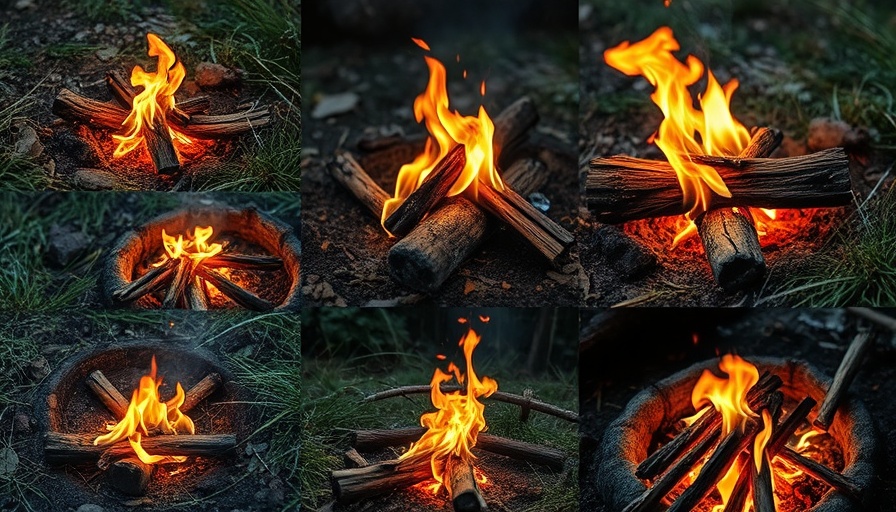
Understanding Survival Retreats: More Than Just a Dream
For many prepper enthusiasts, owning a survival retreat is more than a mere dream—it's a strong aspiration fueled by the desire for safety and self-sufficiency. However, as enticing as it sounds, moving into a survival retreat involves critical factors that many overlook. Whether you’re ready to escape to the countryside or planning a long-term commitment, a solid understanding of these factors is essential to ensure success.
The Untold Risks of Unattended Properties
Let’s face it: an unoccupied property can quickly become a target for squatters and thieves. All it takes is a moment of negligence, and your carefully chosen haven could become someone else's home. The reality is stark; a survival retreat should be monitored regularly. As a precaution, consider implementing measures to secure your property, such as surveillance cameras or alarm systems, even if it’s just a secondary option to prevent unauthorized access.
Isolation: A Double-Edged Sword
Survival retreats often sit in remote areas, far from the hustle and bustle of urban life. While this isolation provides a sanctuary from societal unrest, it can also be isolating in a mental and emotional sense. The lack of interactions could lead to feelings of loneliness and even anxiety. To mitigate this, conducting extended “test runs” could help individuals anticipate their emotional responses and find coping strategies before the need for solitude becomes a reality.
Security Challenges in Remote Locations
One of the most challenging aspects of maintaining a survival retreat away from civilization is ensuring security. As highlighted in survival literature, a lack of a reliable support network like family or close friends can increase vulnerability to external threats. Forming alliances or partnerships with neighboring properties, even if they are quite distant, can be beneficial, enhancing your security strategy and offering peace of mind.
Emotional Resilience with Homesteading
The emotional impact of remote living can’t be understated. Individuals may face unexpected mental strains that can complicate their survival efforts. Creating a resilient mind is vital. Practicing sustainable agriculture and engaging in community gardening could provide emotional relief while simultaneously cultivating a sustainable lifestyle. Learning skills like organic gardening not only fosters self-sufficiency but also encourages community connections that can lessen feelings of isolation.
Guarding Against Common Misconceptions
It’s easy to romanticize the idea of living in a survival retreat. However, many assume that mere ownership guarantees safety and sustainability. The truth is, without thorough planning and continual education on current survival skills—ranging from food preservation methods to security tactics—one risks unnecessary hardships. Engaging with local prepper communities or attending workshops can build a stronger foundation for living sustainably.
Practical Insights for Future Retreats
To make your survival retreat successful, it’s essential to cultivate a deep understanding of life in isolation. Planning ahead can help you build essential skills, from understanding crop management techniques to mastering water purification methods. In today’s world, knowledge is your best asset. The more prepared you are, the better you can respond to challenges as they arise.
Embracing the Journey Ahead
Starting the journey toward self-sufficiency and sustainable living can be daunting, but it's also incredibly rewarding. By understanding the realities of living in a survival retreat, you're equipped to handle the challenges that lie ahead. Leverage resources such as community gardens and urban farming techniques to cultivate not only food but also camaraderie among like-minded individuals. You don’t have to make this journey alone.
As you step into the world of sustainable living, remember that foresight and preparation are key. Don’t just dream about your survival retreat; actively shape it into a reality that enhances your well-being and that of the environment.
In closing, consider taking your journey into sustainable living a step further by exploring various urban farming methods, such as vertical and rooftop gardening. The benefits are manifold—an adventure waiting to unfold!
 Add Row
Add Row  Add
Add 




 Add Row
Add Row  Add
Add 

Write A Comment